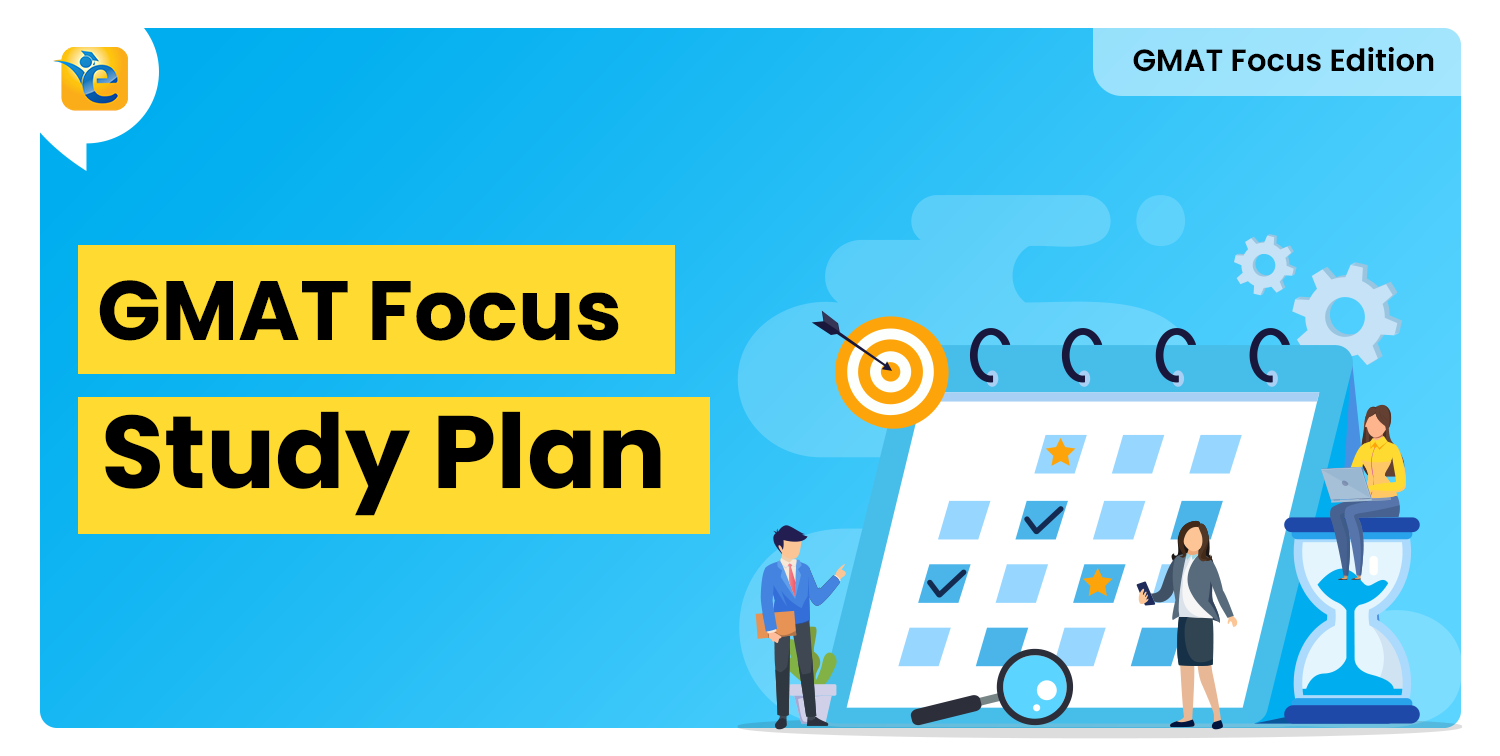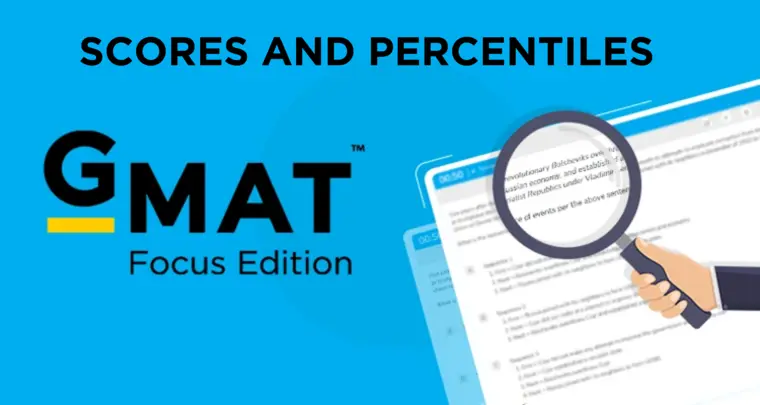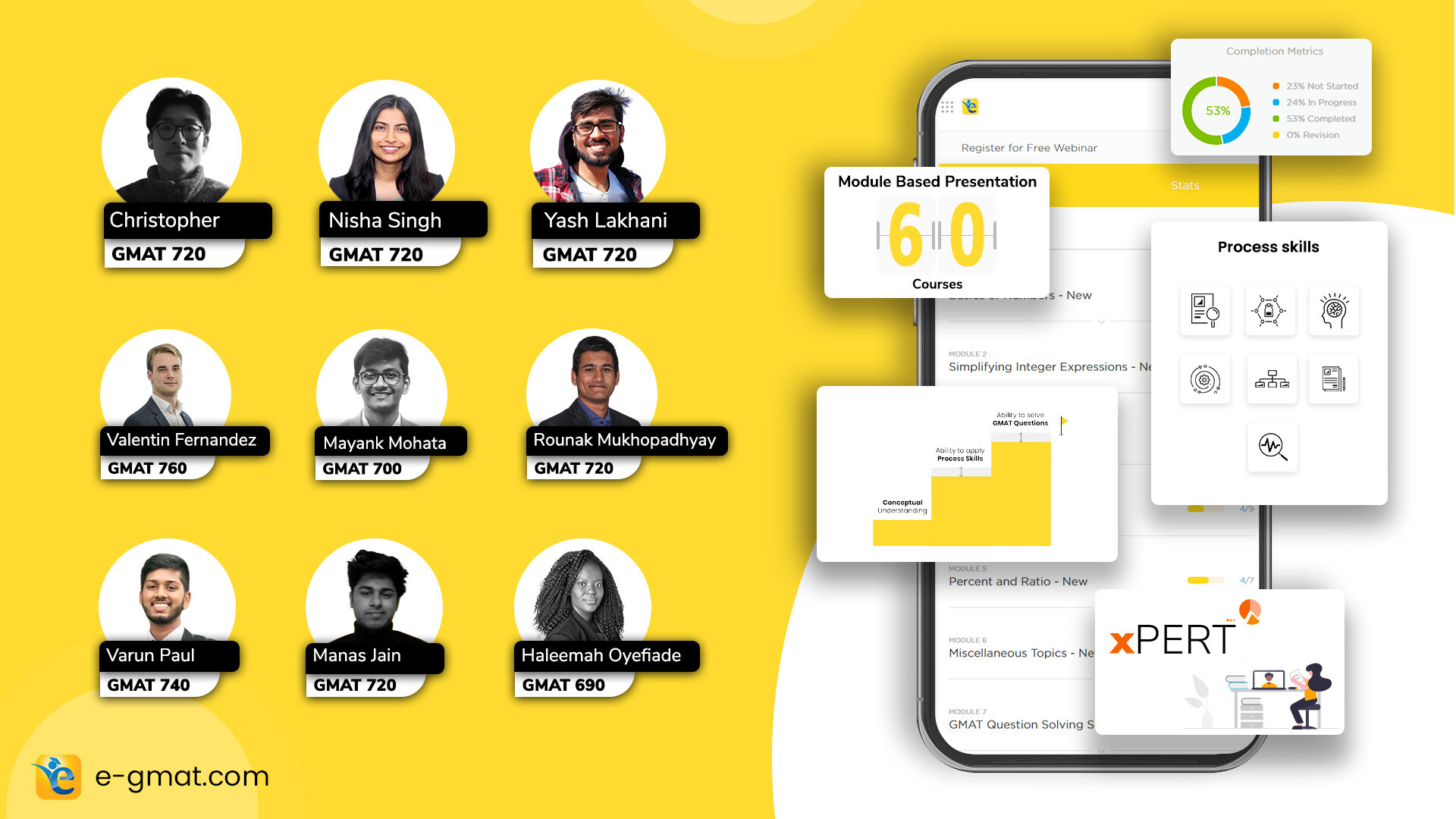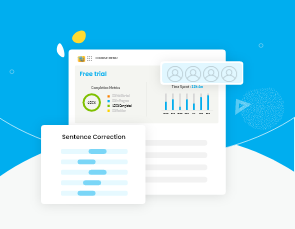When tackling challenging GMAT Reading Comprehension questions, many test-takers fall into what we call the “Persistence Trap” – mistaking temporary surface-level changes for fundamental structural transformations. This error occurs when students focus on apparent modifications or improvements while missing the author’s central argument about underlying continuity or persistence of problems.
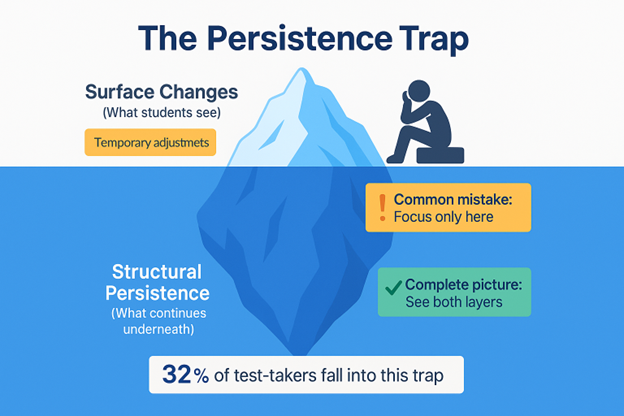
Consider this scenario: An author discusses how a company implemented diversity training programs and hired more women during a labor shortage, but notes that promotional patterns and pay gaps remained unchanged, and women were quickly relegated to lower positions once the shortage ended. Students who focus on the hiring increase might incorrectly conclude that workplace discrimination was “greatly reduced,” missing the author’s point that discriminatory structures persisted despite surface-level adjustments.
Key Understanding: The Persistence Trap
The Persistence Trap is a critical Reading Comprehension error where test-takers:
- Mistake temporary changes for permanent structural transformation
- Focus on apparent improvements while missing underlying continuity
- Miss qualifying language that signals persistence despite change
- Choose answers highlighting progress over those identifying structural persistence
Approximately 32% of test-takers fall into this trap on challenging structural persistence questions.
The Anatomy of the Mistake
This error stems from several cognitive pitfalls:
1. Crisis vs. Structure Confusion
Students often mistake emergency adjustments during crisis periods for permanent structural change. When authors describe temporary measures (like wartime employment changes), test-takers may interpret these as evidence of fundamental transformation rather than exceptional circumstances that reinforced existing patterns.
2. Missing Qualifying Language
Authors frequently use qualifying words like “despite,” “nevertheless,” “although,” and “however” to signal that apparent change actually demonstrates underlying persistence. Students who skim past these crucial markers miss the author’s true argument.
3. Surface-Level Reading
The human brain naturally gravitates toward positive change narratives. When students see phrases like “women were permitted to master” new roles or “employers argued in favor of women’s employment,” they may focus on the apparent progress while missing how these very actions reinforced discriminatory structures.
⚡ Key Statistic: In the GMAT context, approximately 32% of test-takers fall into this trap on challenging structural persistence questions, often choosing answers that highlight apparent improvements over those that correctly identify underlying continuity.
A Framework for Avoiding the Persistence Trap
The SPAN Framework
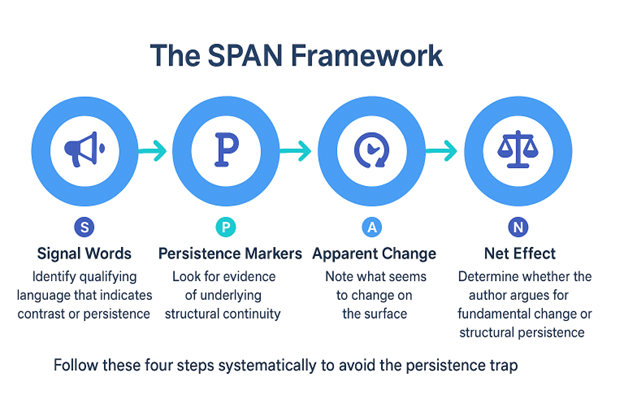
⭐ The SPAN Framework for Reading Comprehension
Applying SPAN
- Signal Words: Scan for words like “despite,” “although,” “nevertheless,” “however,” “yet,” “still”
- Persistence Markers: Identify what the author says remains unchanged or continues
- Apparent Change: Note surface-level modifications or temporary adjustments
- Net Effect: Ask yourself: “Is the author’s main point about change or persistence?”
Simple Example:
“Although the company hired more women during the labor shortage, these employees were consistently assigned to lower-paying departments, and most were laid off once the crisis passed.”
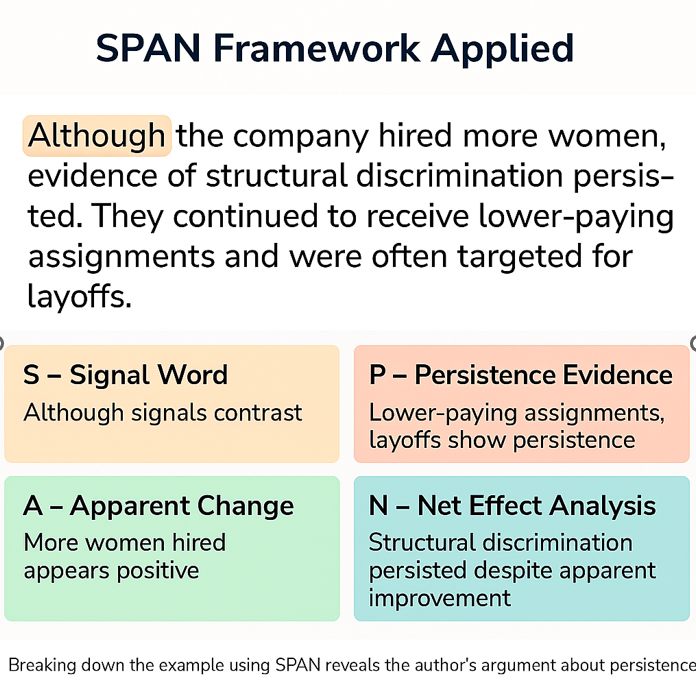
SPAN Analysis Breakdown
Practice Exercises
Exercise 1 (Simple)
“While the new policy allowed employees to work from home, managers continued to favor in-office workers for promotions and important projects.”
Question: According to the passage, the new policy was:
(A) successful in creating workplace equality
(B) ineffective at changing promotional patterns
Apply SPAN:
- S: “While” indicates contrast
- P: Managers still favored in-office workers
- A: Work-from-home policy implemented
- N: Underlying bias persisted
✅ Answer: (B) – The policy didn’t change the fundamental promotional patterns.
Exercise 2 (Complex)
“Despite civil rights legislation that formally prohibited workplace discrimination, many employers continued to use informal networks and subjective criteria for hiring and promotion. These practices, while not explicitly discriminatory, effectively maintained existing demographic patterns in leadership positions. Even companies that celebrated their diversity initiatives found that their executive ranks remained remarkably homogeneous decades after the legislation passed.”
Question: The passage suggests that civil rights legislation:
(A) successfully transformed workplace demographics
(B) eliminated formal barriers while informal discrimination persisted
(C) was widely ignored by most employers
(D) created new forms of workplace inequality
Apply SPAN:
- S: “Despite” signals that what follows contradicts expectations
- P: Informal networks, subjective criteria, homogeneous leadership “decades after”
- A: Civil rights legislation, diversity initiatives
- N: Discrimination persisted through informal mechanisms
✅ Answer: (B) – Formal barriers were removed, but informal discrimination continued.
⭐MASTER READING COMPREHENSION
Ready to tackle even more complex RC questions? Access our comprehensive Reading Comprehension course with 100+ practice passages, detailed strategy videos, and personalized feedback to help you avoid common traps like the Persistence Trap.
Key Takeaways
The Persistence Trap catches test-takers who mistake symptoms for causes, temporary adjustments for permanent change, and surface modifications for structural transformation. By applying the SPAN framework, you can identify when an author’s main argument focuses on underlying continuity rather than apparent progress.
Remember: GMAT passages often present complex arguments about how systems persist despite apparent changes. Your job is to understand the author’s nuanced position about whether real transformation occurred or whether existing structures adapted while maintaining their essential character.
⭐ Master Tip: The most sophisticated GMAT questions test your ability to recognize these subtle but crucial distinctions – distinguishing between what changes and what endures, between surface adjustments and fundamental transformation.
⭐ Transform Your Reading Comprehension Approach
Don’t let the Persistence Trap derail your GMAT score. Master advanced RC strategies with our comprehensive resources:
- ✅ 100+ challenging practice passages
- ✅ Strategic frameworks for complex arguments
- ✅ Video lessons on common RC traps
- ✅ Personalized feedback and analysis
- ✅ Free adaptive mock tests with RC focus


